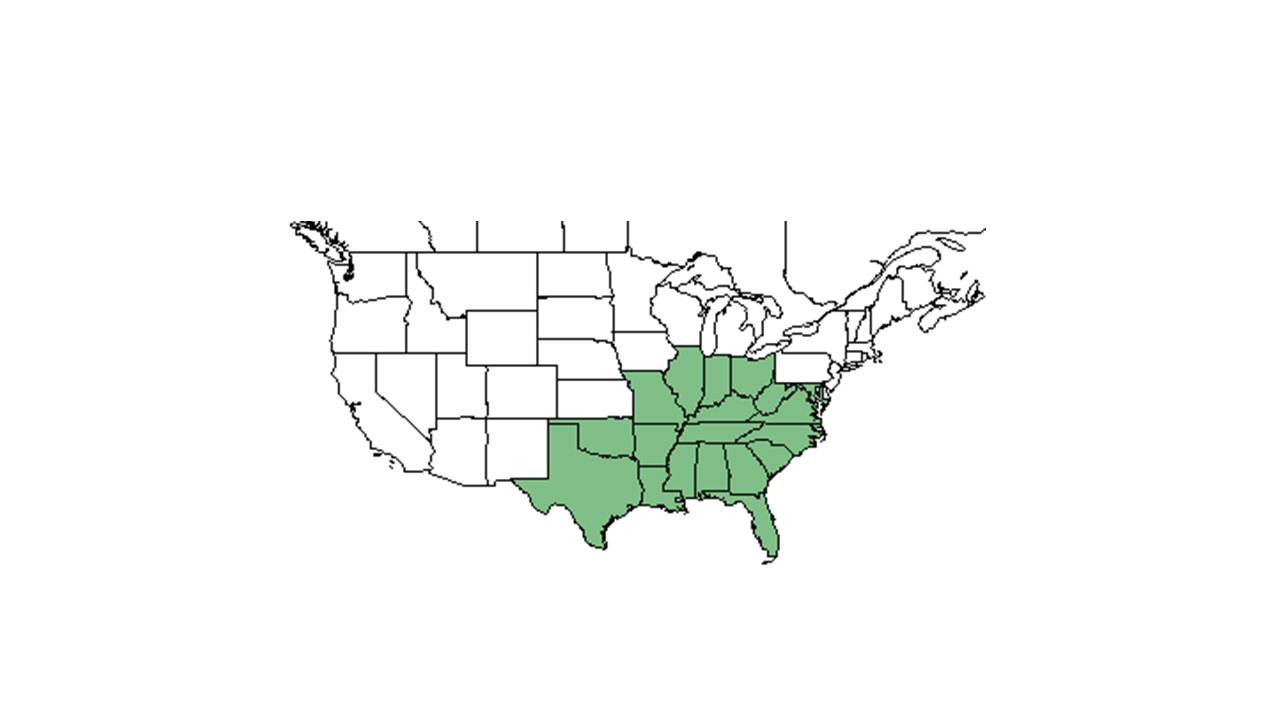Manfreda virginica
| Manfreda virginica | |
|---|---|

| |
| Photo taken by Gil Nelson | |
| Scientific classification | |
| Kingdom: | Plantae |
| Division: | Magnoliophyta - Flowering plants |
| Class: | Liliopsida – Monocotyledons |
| Order: | Liliales |
| Family: | Agavaceae |
| Genus: | Manfreda |
| Species: | M. virginica |
| Binomial name | |
| Manfreda virginica (L.) Salisb. ex Rose | |

| |
| Natural range of Manfreda virginica from USDA NRCS Plants Database. | |
Contents
Description
Common name: false aloe
Distribution
Ecology
Habitat
This species can be found in well drained or poorly drained slopes of longleaf pine forests, savannas, and mesic pine-hardwood forest remnants (FSU Herbarium). It is found in sandy loam habitats and soils are upland coastal plain type with little slope and low fertility, in Louisiana (Miller et al 1999, Thill 1983). It thrives in semi-shaded areas to open areas as well (FSU Herbarium).
Phenology
Seed dispersal
Seed bank and germination
Fire ecology
Pollination
– M. virginica is pollinated both diurnally and nocturnally, with observations suggesting that bumblebees are the predominant floral visitors (Groman and Pellmyr 1999). Bombus pennsylvanicus and Hemaris diffinis are critical diurnal pollinators; however, diurnally pollinated plants were observed to produce significantly lower seed set than nocturnally and open pollinated plants (Groman and Pellmyr 1999). Hence nocturnal visitors contribute more to M. virginica reproduction despite frequent diurnal visits (Groman and Pellmyr 1999).
Use by animals
Diseases and parasites
Conservation and Management
Cultivation and restoration
Photo Gallery
References and notes
Groman, J. D. and O. Pellmyr (1999). "The pollination biology of Manfreda virginica (Agavaceae): relative contribution of diurnal and nocturnal visitors." Oikos 87: 373-381.
Miller, J. H., R. S. Boyd, et al. (1999). "Floristic diversity, stand structure, and composition 11 years after herbicide site preparation." Canadian Journal of Forest Research 29: 1073-1083.